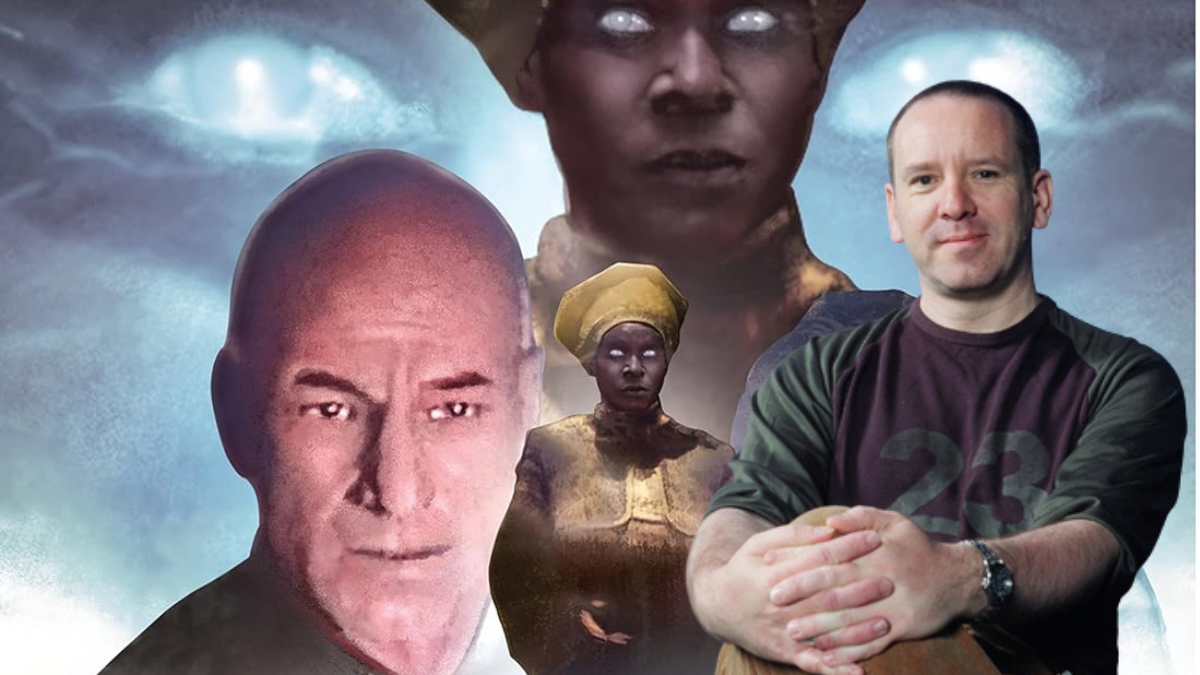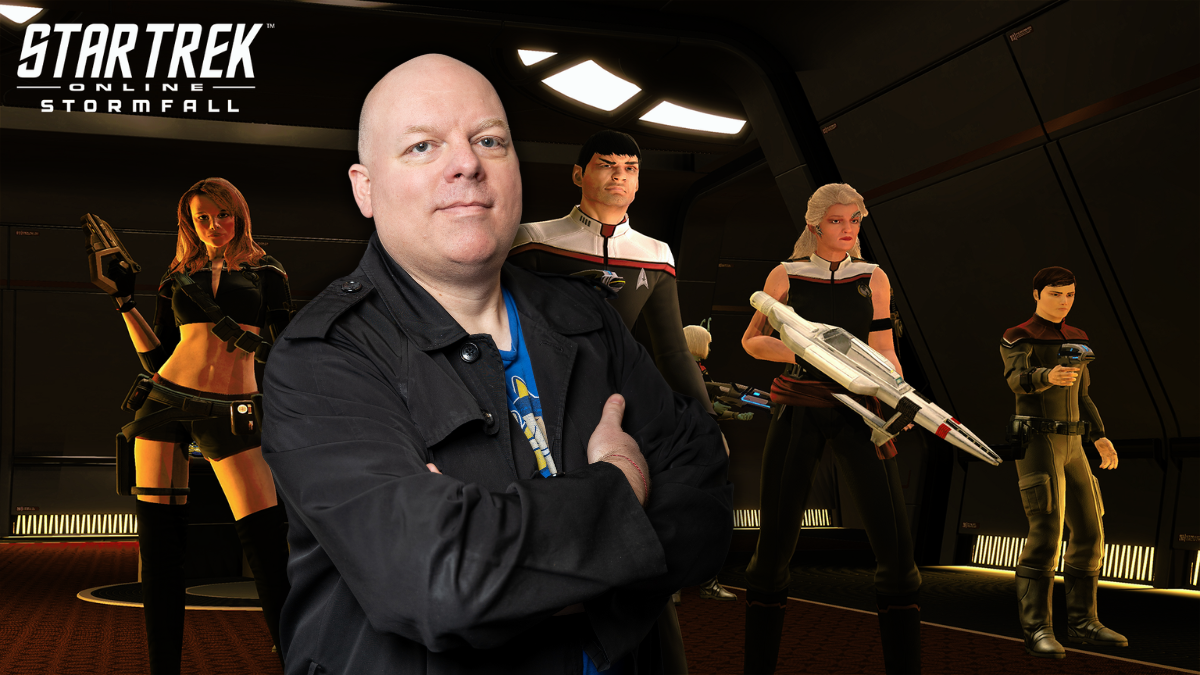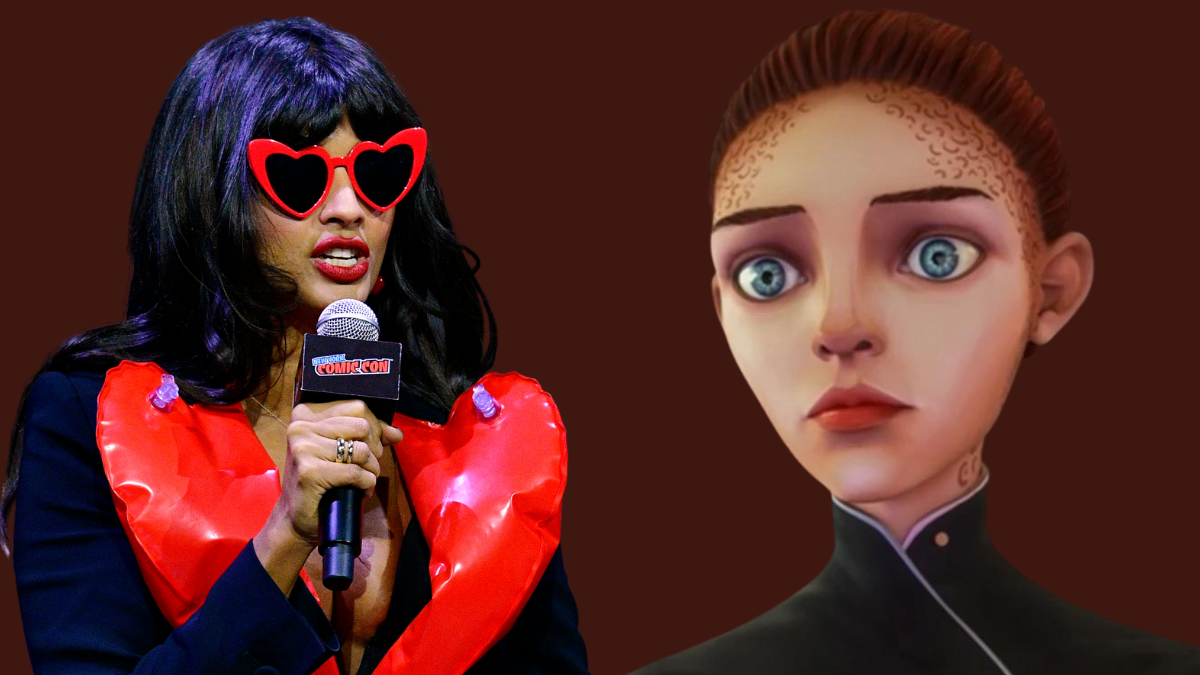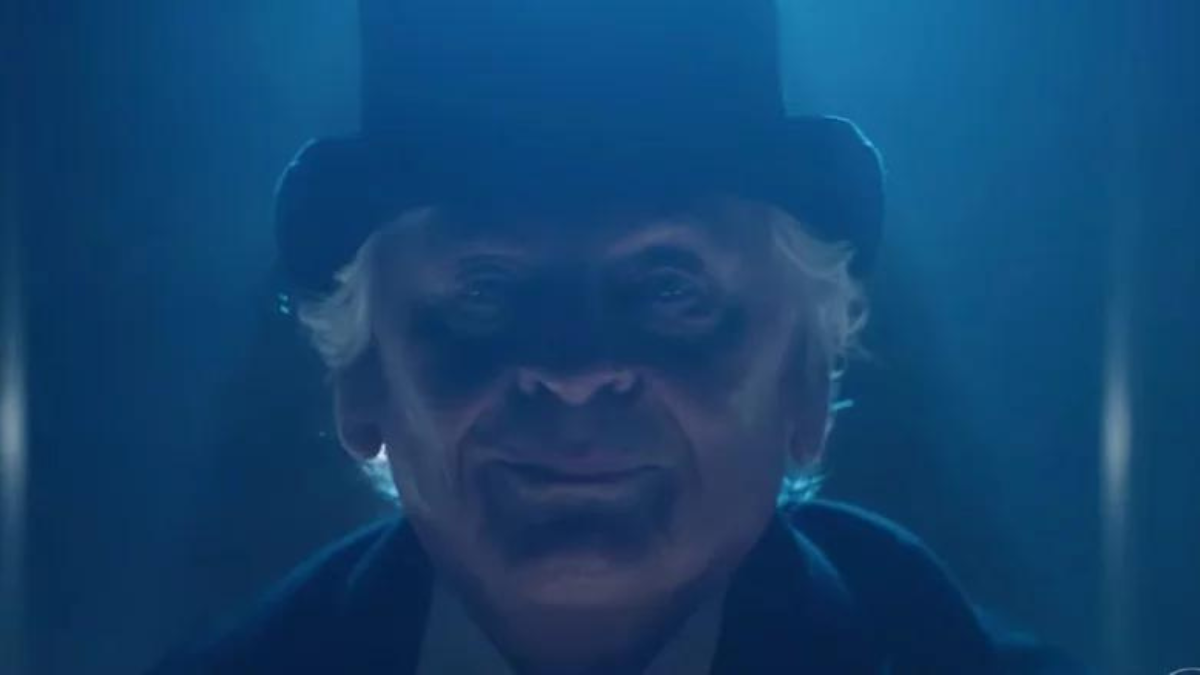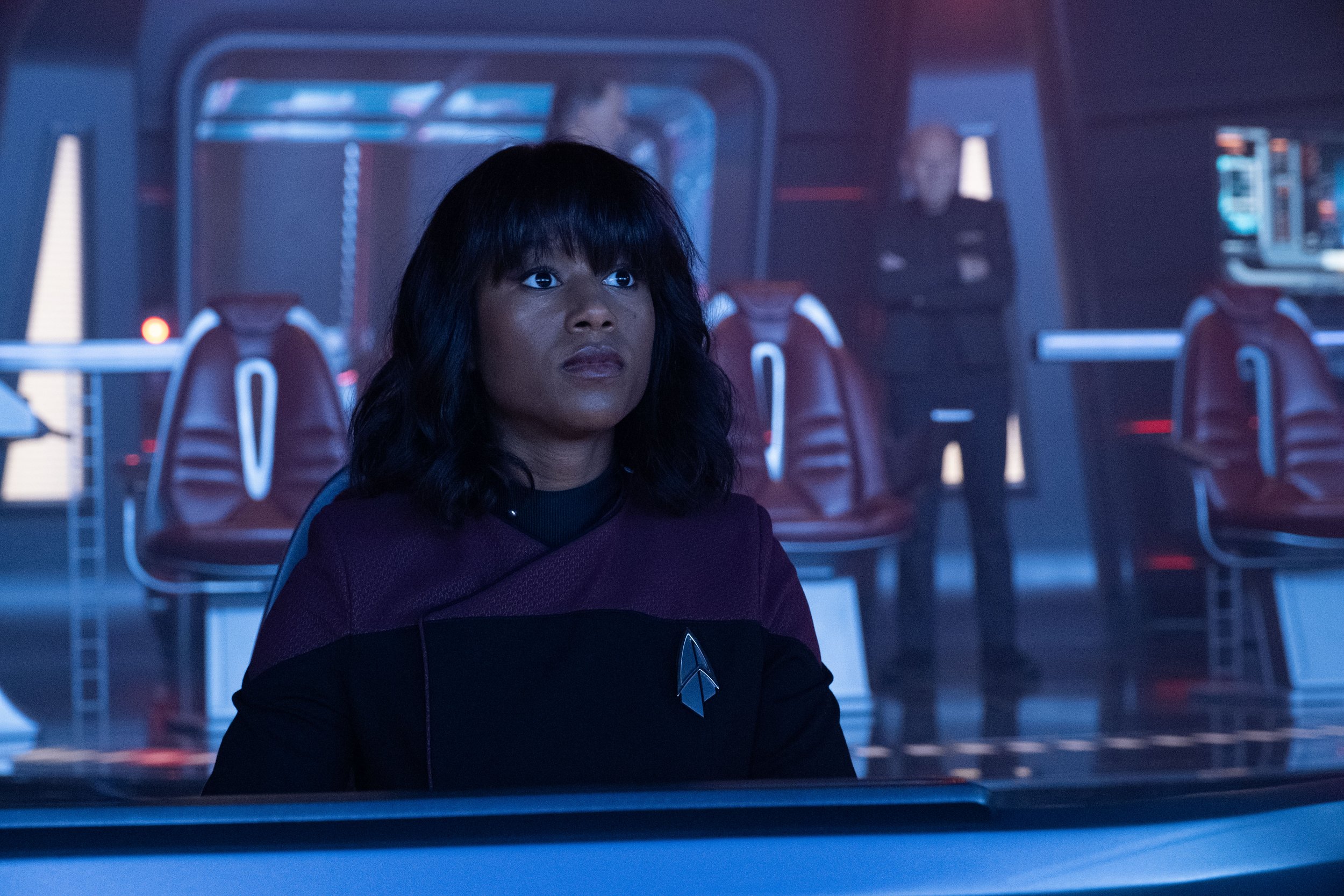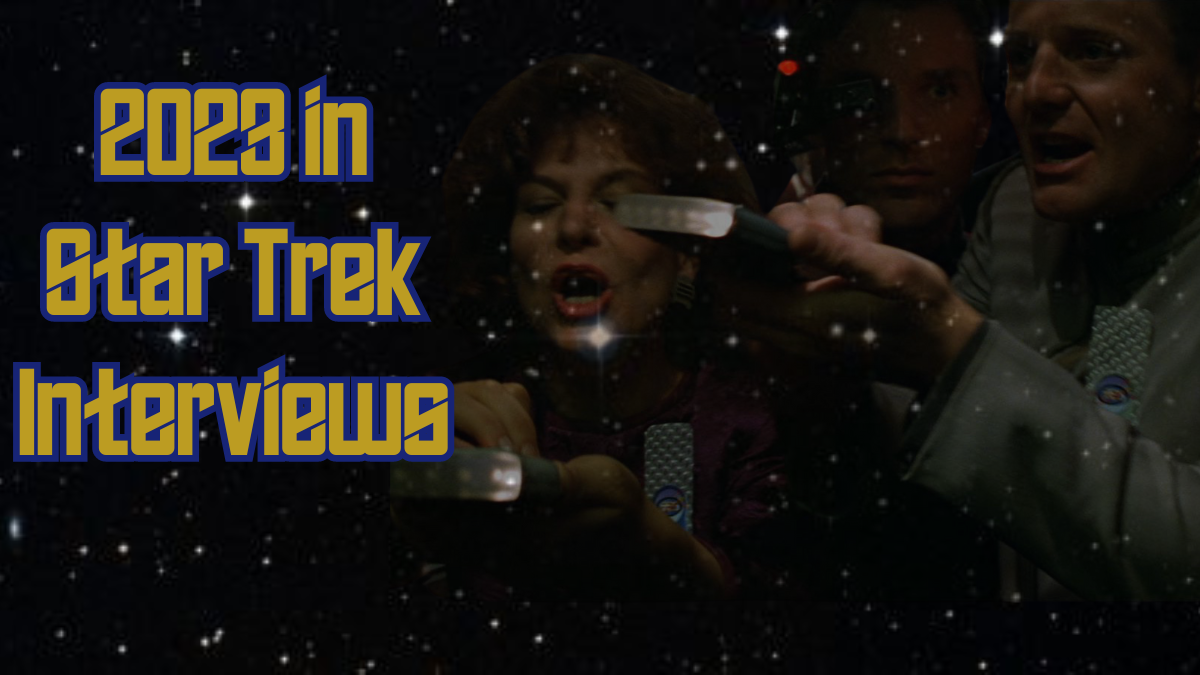INTERVIEW: Gary Russell on Writing STAR TREK Short Stories
Gary Russell wrote two stories for the forthcoming STAR TREK anthology THE MISSION AND OTHER STORIES. Images: Titan Publishing/Gary Russell.
Writer Gary Russell is best known for his Doctor Who tie-in stories, like “Invasion of the Cat-People” and his novelization of “The Death of the Doctor.” He has recently written a pair of Star Trek stories for Star Trek Explorer magazine and they are about to be reprinted in Titan’s anthology “The Mission” and Other Stories.
“The Guardian,” a prequel to the Star Trek episode “What Are Little Girls Made Of?,” reveals what happened during the last moments of the civilization on Exo-III as Ruk and his fellow androids run amok. And in “The Expert” Russell spins a tale of horror as a pair of children find themselves alone on a starship which has encountered the Borg.
I was given the opportunity to dig into these stories with Russell a little bit. Here’s what he had to say.
Daily Star Trek News: You've primarily written Doctor Who tie-in material. How did you get involved in writing these Star Trek stories?
Gary Russell: It's been quite honestly a lifelong dream to write Star Trek fiction. Starting from back in the ‘80s I used to avidly pick up the Pocket Books novels and devour them excitedly and always thought "I want to do one of those". So when Star Trek Explorer started doing fiction, I pitched ideas to John Freeman, the editor – who used to be my boss back in my old days of writing for Doctor Who Magazine – because I knew he’d know how passionate I am about all things Trek. And ultimately that led to where we are today, with The Mission. So it's taken about 40 years, but I got there in the end! Perseverance pays!
DSTN:What's your process when you sit down to write a short story? Do you create an outline, or just dive in head first? How do you decide which details are essential to tell the story and which should be left out for length?
GR: Short Stories are such a different beast to full length novels or even novellas, a whole different discipline, but one I enjoy. The process (I can't believe I just said "the process", I'm so sorry, that's so pretentious) varies. If I'm writing for myself rather than a commission, I tend to just write and see where that goes and edit it into shape afterwards. In the case of Star Trek, CBS required a detailed synopsis, which is good because it disciplines you. I got a lot of good notes from them, and the notes they gave enhanced the story no end.
DSTN: Both stories focus on original characters, not canonical ones. Why did you decide to go in that direction instead of writing about Kirk or Data, for instance? Is it more challenging writing a story this length for original characters? Is there a shorthand you use to help the audience care about the characters and understand the relationship between them?
GR: It’s funny because when I was thinking about this, I kept thinking Kirk and Spock or Janeway and Tuvok or Picard and Bev but then when it came to it, I stayed well away from everyone and went into prequel territory. I think that's because, for my first piece, I felt slightly daunted by that heritage, the class of those characters. Also I enjoy seeing tiny strands of plot and hints of backstory in episodes and thinking "I wonder what got them there?" So Ruk talking about the Old Ones and a civilisation that utilised androids of such sophistication really piqued my interest years ago. I think the story has been sitting in my head for a number of years now. So having settled on that, you have to make your own characters still feel like they are part of the Star Trek universe without being part of Starfleet (which wouldn't have even existed at the time this is set). That's what I love about Star Trek anyway – and particularly through things like Strange New Worlds and Prodigy – it’s the broadest church you can imagine but still has rules that writers need to play by. It can be not “TV Star Trek" per se but still needs to feel and act like Star Trek.
DSTN: Do you have something against happy endings?
GR: Oh absolutely! Who knows what a psychologist would make of the way my mind works. As a child I voraciously read short stories of the kind by Roald Dahl and M R James and Frederic Brown and EC Comics and stuff – the short story with a bite at the end, with unhappy endings. And because you know where the story is going in the great pantheon of Star Trek history, you can be a bit dark and a bit downbeat cos we all know that in the future, there's a payoff to that.
DSTN: In a way, "What Are Little Girls Made Of?" is a cautionary tale about humans creating technology that, ultimately, we can't control. What inspired you to write the prequel to that? Do you see any modern-day parallels to that, for instance with Artificial Intelligence?
GR: Yes, although the AI thing hadn't got to the nightmarish levels it has in the past few months when I was working this story out. But I've always been mistrustful of new technology (it took a very long time for me to adopt a smartphone) and want to make sure it's not going to kill me by seeing how many other people it kills first! So Ruk and his ilk represent what happens when you trust the wrong humans to utilise artificial intelligence in their own best interest and not anyone else's.
“The Mission” and Other Stories is scheduled to be released on Tuesday, February 13 by Penguin Random House. You can preorder it at Amazon. And if you’re on the fence, let us help you decide whether to order it by reading our review.
T is the Managing Editor for Daily Star Trek News and a contributing writer for Sherlock Holmes Magazine and a Shakespeare nerd. He may have been the last professional Stage Manager to work with Leonard Nimoy, has worked Off-Broadway and regionally, and is the union Stage Manager for Legacy Theatre, where he is currently working with Julie Andrews. after which he’ll be working on Richard III at Elm Shakespeare Company.

